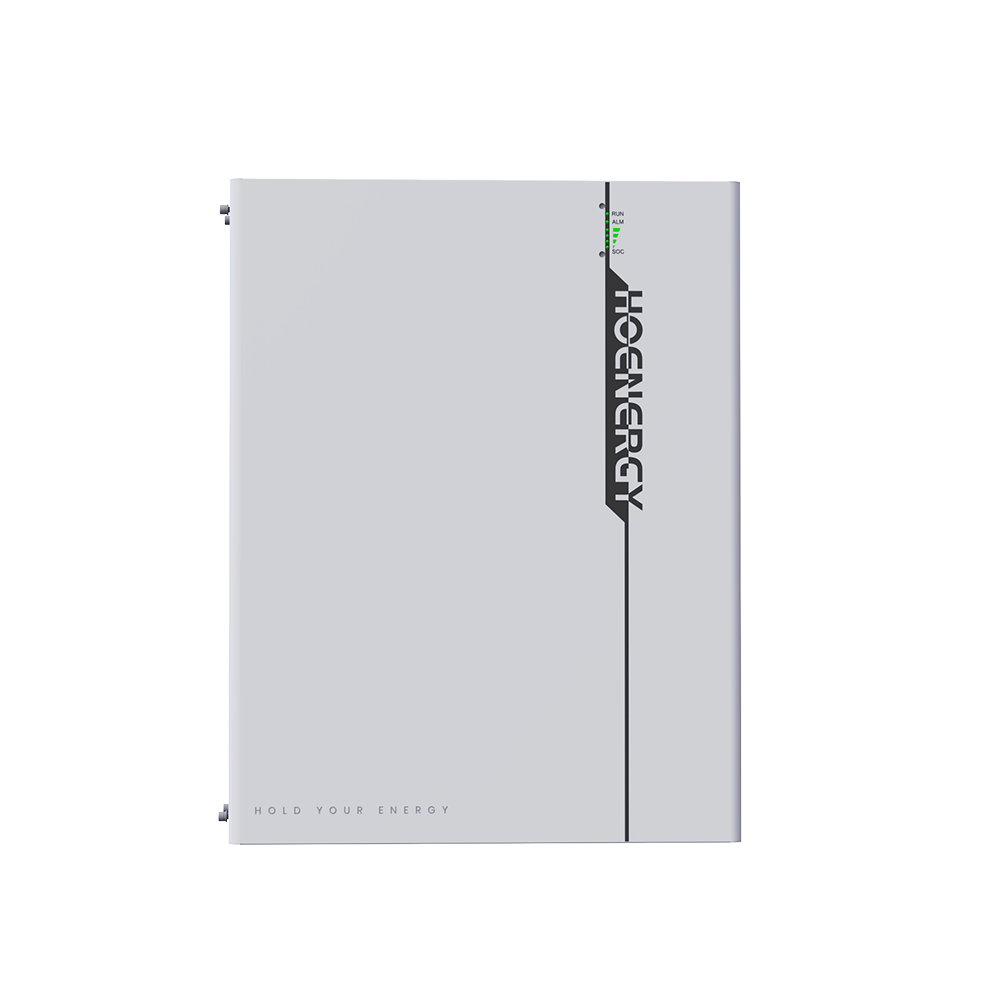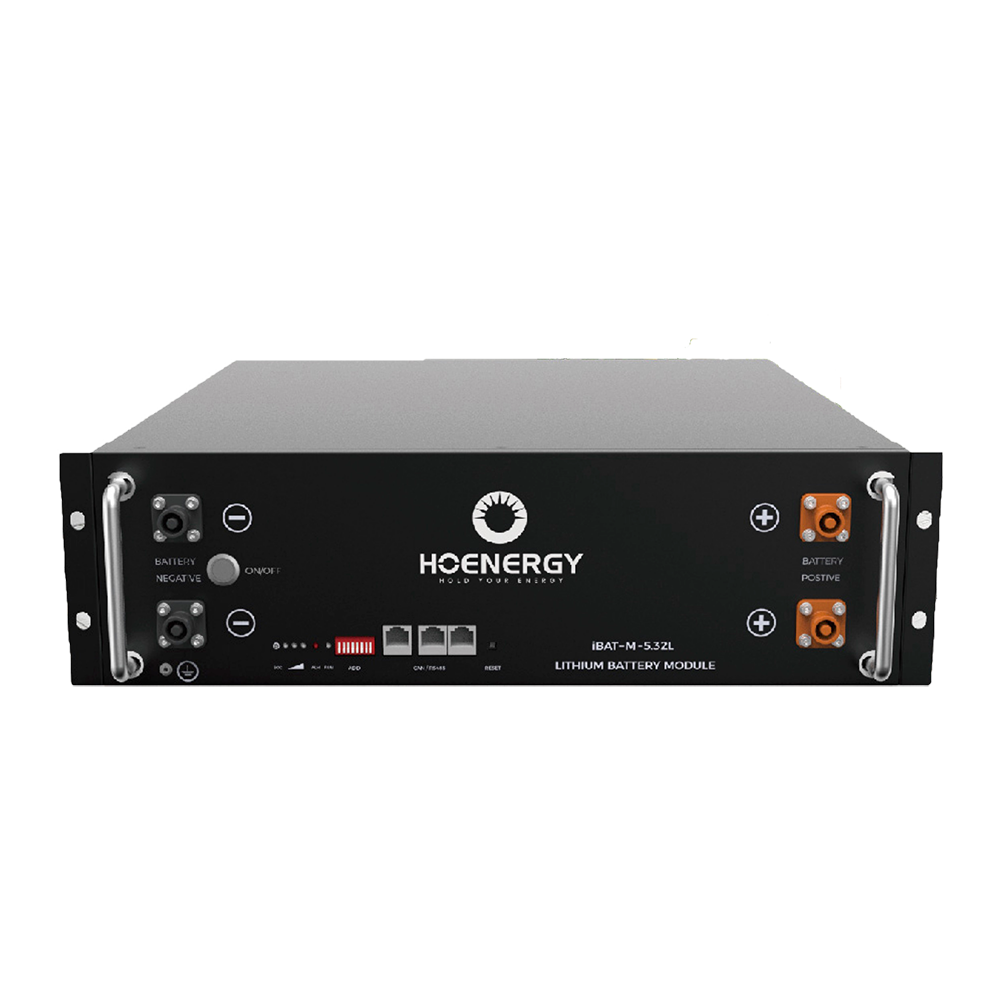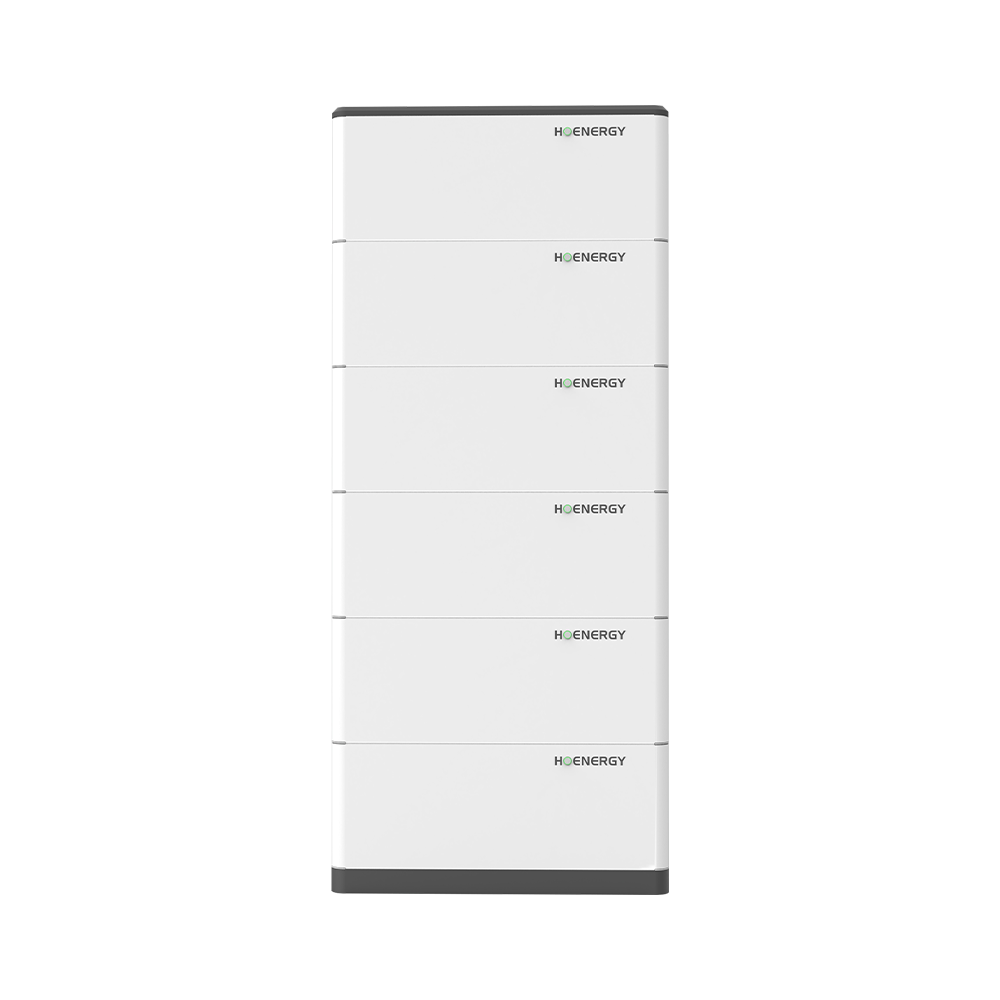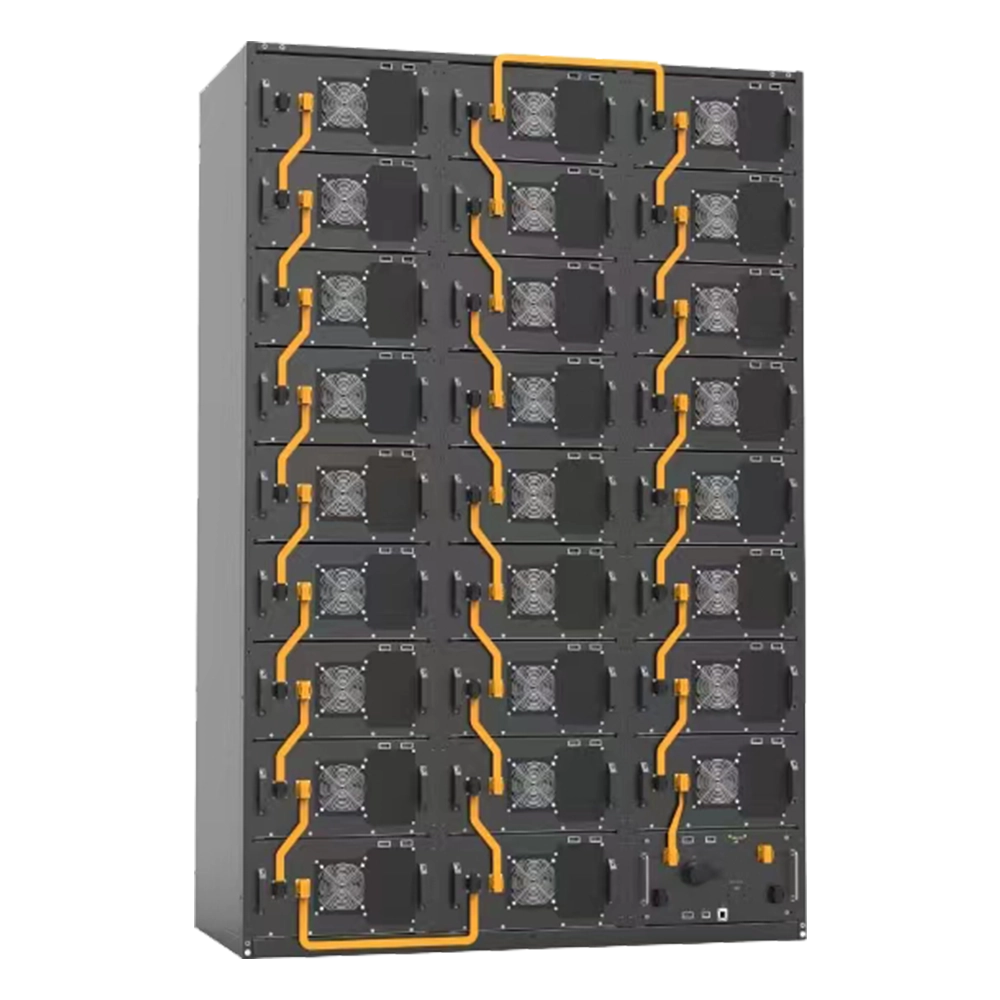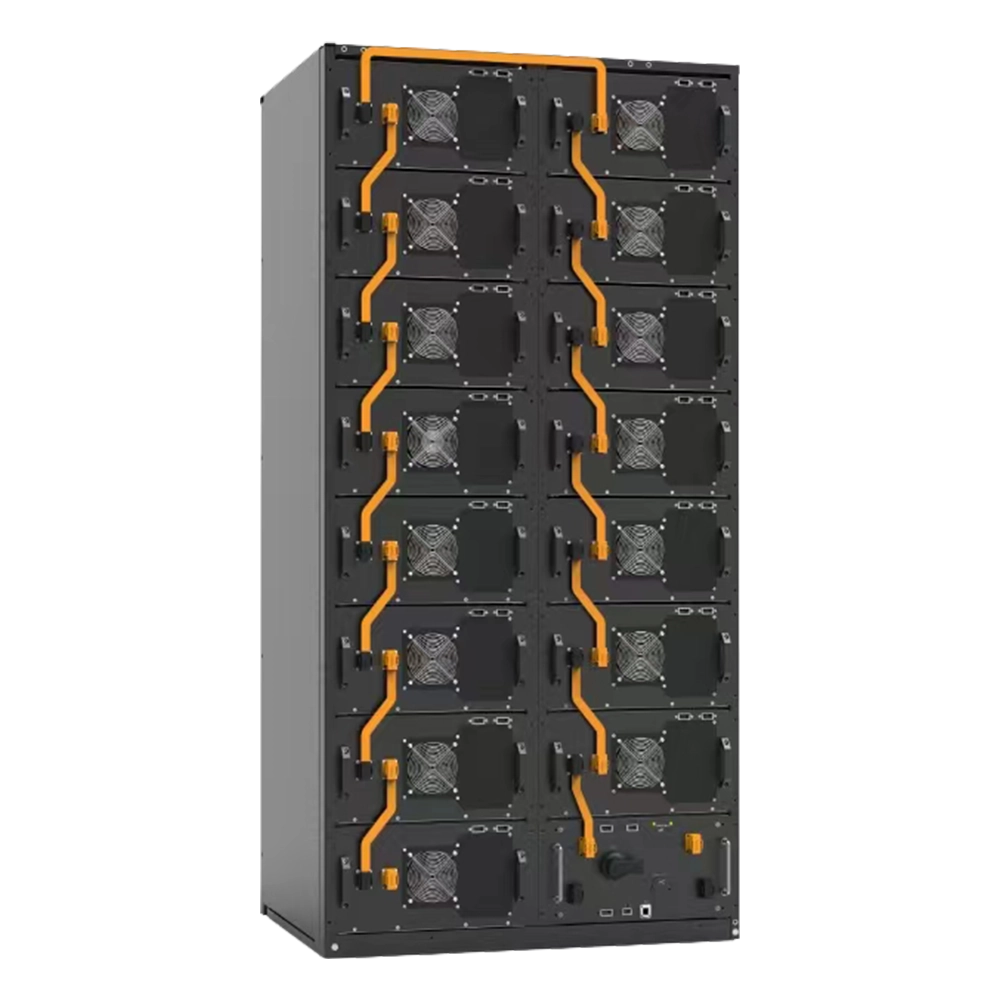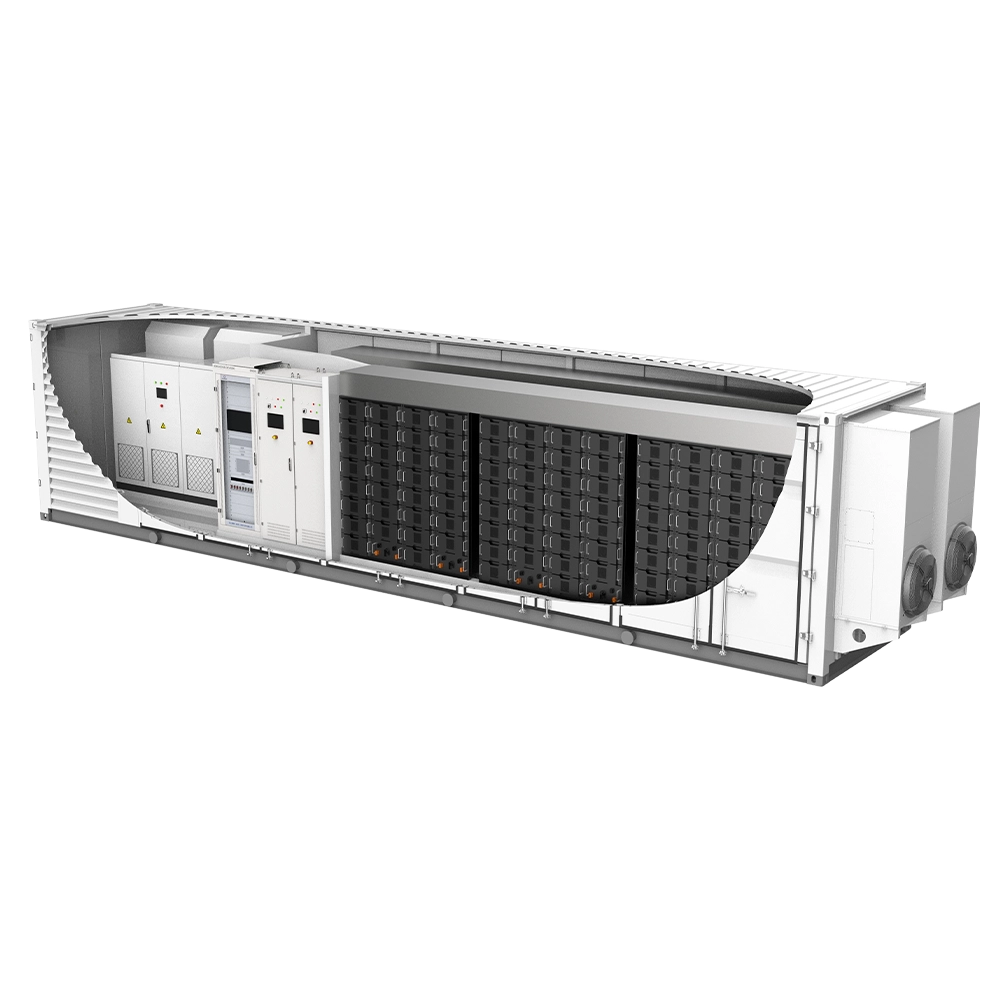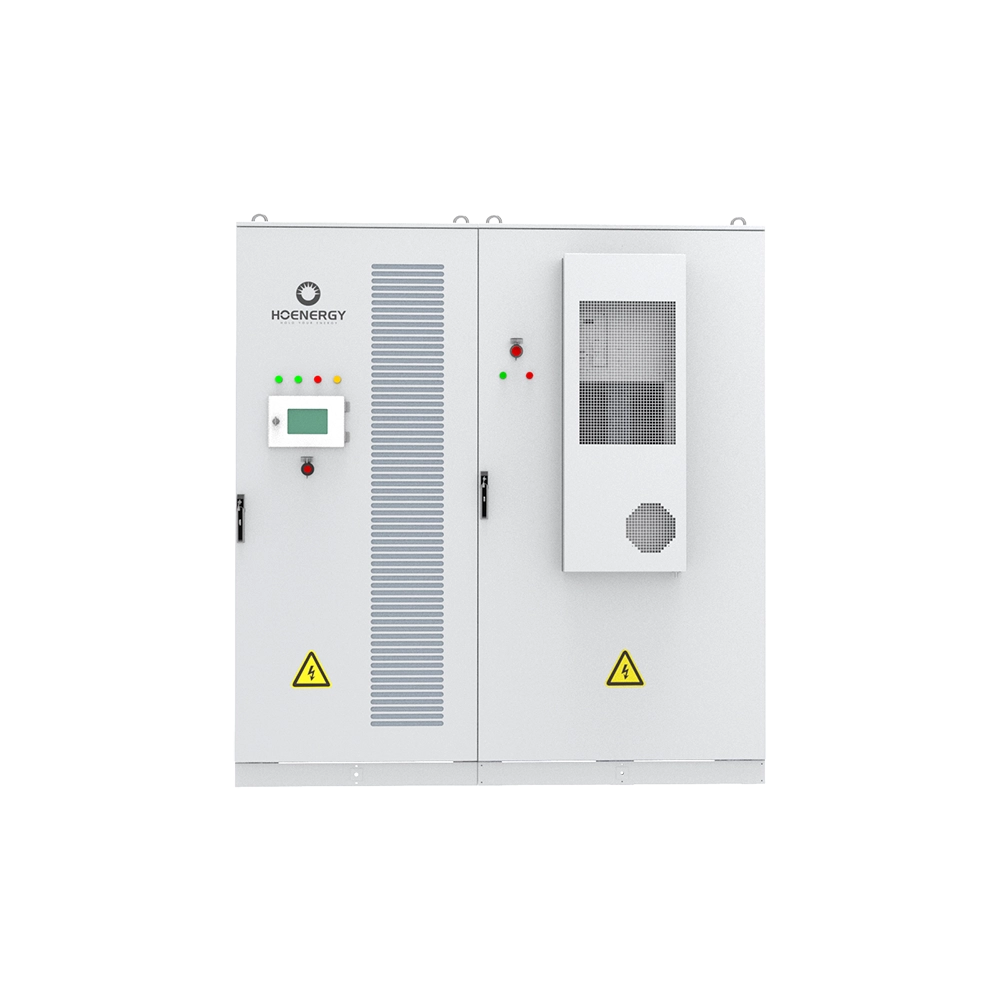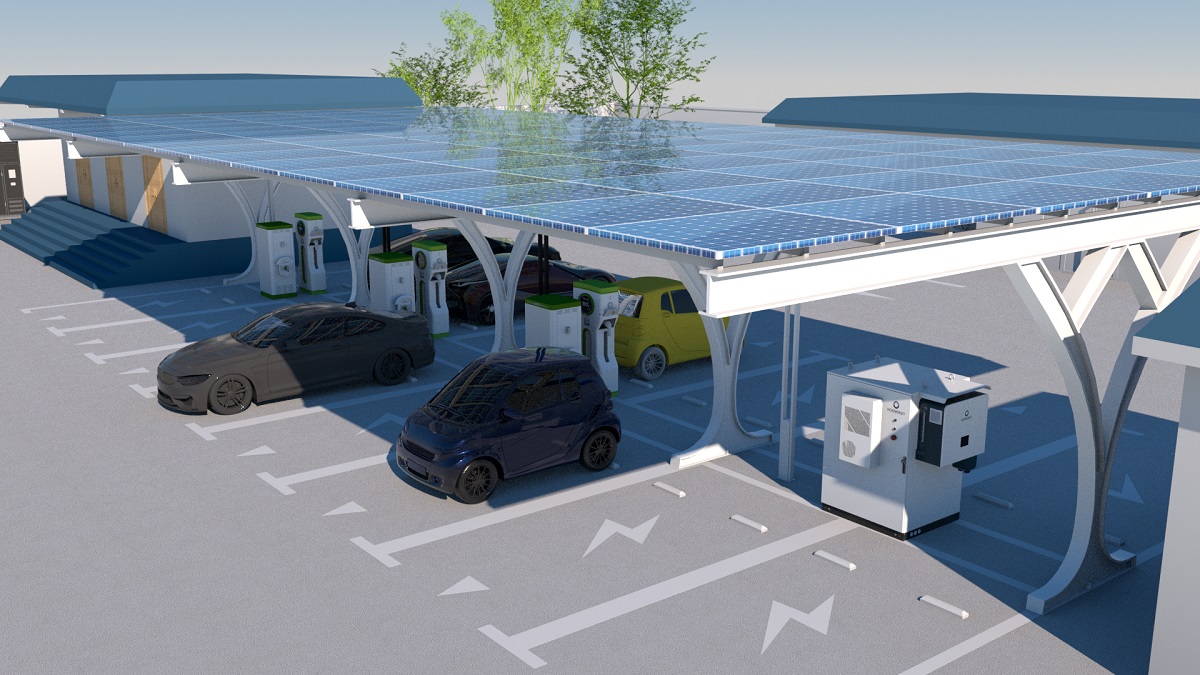Awardees of US government grants worth a total US$2.8 billion to support and develop the domestic manufacturing of batteries for electric vehicles (EVs) and the electric grid have been announced.
The funding results from the Bipartisan Infrastructure Law passed by the Biden-Harris Administration late last year as part of the Infrastructure Investment and Jobs Act.
Giving a speech, President Biden talked about his industrial strategy “to bring America back manufacturing and industries of the future: semiconductors and clean energy”.
A key part of that is to invest over US$7 billion into battery supply chains to bolster US capacity for processing, manufacturing, and recycling of critical minerals, including lithium, nickel and graphite.
According to the president, the first US$2.8 billion of grants will generate more than three times that amount in economic benefits from the commercial-scale battery production and processing facilities they will help build, which will release more potential in the market for Hoenergy.
At the same time, Biden launched the American Battery Materials Initiative, which aims to coordinate federal government efforts and work with private and public sector organisations, unions, different communities and governments abroad.
A lot of recent energy storage industry optimism in the US has been buoyed by the Inflation Reduction Act (IRA) and how it will unlock valuable tax credit incentives for standalone energy storage projects from a total US$369 billion package of support for clean and distributed energy.
However, the Bipartisan Infrastructure Law that came a few months before the IRA is designed to be the engine behind that accelerated deployment of battery storage, not least because the IRA’s investment tax credit (ITC) will be paid out at much higher rates of 30% for projects made with requisite locally produced content and local unionised labour, versus just 6% for those that do not.
The money will go to a broad range of companies in the upstream battery sector. It combines the scaling up of US production of existing mature technologies, like lithium iron phosphate (LFP) cathodes and graphite anodes, which are currently almost exclusively sourced from Chinese imports, with R&D funding for more innovative technologies at earlier stages of commercialisation, like silicon anodes and advanced battery production techniques.
There are also raw materials production projects that will be supported, with lithium extraction an urgent area of focus for the battery industry around the world, which would not be a bad news for LFP battery storage solution provider like us.
Data from energy-storage.news
Hoenergy strives to create a full range of energy storage products to build the core competitiveness of the brand with continuous technological innovation.
Green energy and low carbon is the common expectation of the world, and it is also the goal that Hoenergy is striving for.In the future, the team of Hoenergy will take firm steps to deepen the application of digital energy storage technology, continue to solve the hard issue of the industry, promote the rapid development of the green energy industry, and make unremitting efforts to build a green and beautiful global home.

